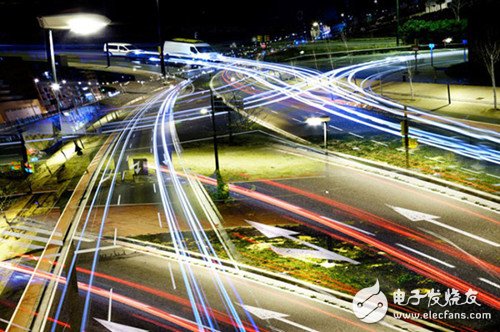Traffic congestion has gradually become a "heart disease" for urban development. Recently, the "Gearn Analysis Report of Major Cities in China in the Third Quarter of 2016" released by the Gaode Map and the Research Institute of the Ministry of Transport showed that compared with the same period last year, 46 There are 40 cities in different cities with different levels of congestion and aggravation. Data analysis shows that congestion in most cities is still deteriorating, and cities of all sizes are facing congestion.
It can be said that the traffic problem has seriously affected the orderly operation and sustainable development of the city, which has led to a significant increase in social costs. It is also a major factor affecting the travel experience and has become one of the most troubled issues for the citizens. Another data released by the Ministry of Public Security indicates that by the end of September this year, China’s car ownership has reached 190 million. In this context, although many smart city projects will focus on smart transportation, the effect is not obvious, and there are few cities that can effectively manage and ease traffic pressure.

How to solve the many problems in the transportation industry in an effective way? How to use new technologies such as big data, cloud computing, Internet of Things, and artificial intelligence to manage transportation and make traffic really "smart" and "smart"?
Smart traffic requires a top-level data management systemBefore finding a viable solution to the traffic problem, let us first look at the problems faced by smart transportation infrastructure in many cities. In the era of big data, the basic construction of smart transportation is roughly divided into four stages, IDC construction, data platform construction, data collection and data sharing. From the current situation of the construction of domestic transportation big data centers, it is still based on the construction of computer rooms. In ZTE's view, there are a few cities that have achieved data collection and storage, but looking up, data can be achieved at the SaaS level. There are even fewer cities to share.
What is the reason behind it? Among them are the problems of the government management model. For example, the transportation industry is a decentralized management model that is differentiated according to the mode of transportation. There are many management entities and the levels overlap. If this reason is not the main factor. One key factor has to say that it can be seen as a top-level design issue when implementing a smart transportation system project.
ZTE believes that the key lies in the lack of a top-level data management system as a unified planner for data, that is, "a blueprint, a process, a system, a system, a team." The collection of data is not built in the computer room, the platform, where the data can come, not the data collection, where it can produce value. Data is constantly accumulating in the life cycle, constantly updating and strengthening, and ultimately, to use, there needs to be an ongoing process.
The integration of platform or data resources needs to connect with specific business departments such as land, planning, development, housing construction, and civil affairs. When the project needs to be constructed, the top-level department needs to carry out the logical planning of the data model and set the data. The access scope and privilege level are logically integrated, physically breaking the discrete, and truly going to bridge the island of traffic data.
Of course, on the basis of realizing the cross-sectoral and inter-regional traffic interconnection and sharing platform, it is also necessary to standardize the data standardization of the transportation system, so as to reduce the analysis and prediction obstacles to the traffic flow.
For the 66kV Oil Immersed Power Transformer, we can produce capacity upto 180MVA. We use the best quality of raw material and advance design software to provide low noise, low losses, low partial discharge and high short-circuit impedance for power transformer.
Our power transformer are widely used in national grid, city grid, rural grid, power plant, industrial and mining enterprise, and petrochemical industry.
Rectifier Transformer,66Kv Power Transformer,66Kv Transformer,66Kv Transformer With Octc
Hangzhou Qiantang River Electric Group Co., Ltd.(QRE) , https://www.qretransformer.com
